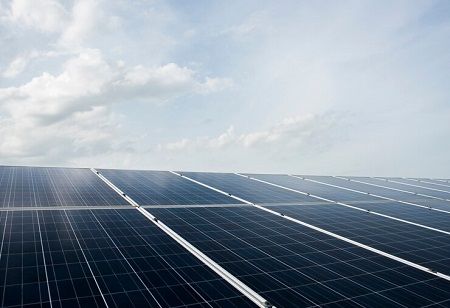
The government's choice to add solar cells — along with PV modules to the Approved Lists of Models and Manufacturers (ALMM) beginning June 1, 2026, may temporarily raise the costs of domestic modules, increase project capital expenses, and disrupt timelines, analysts predict.
Industry experts believe that although the home supply of solar cells is anticipated to grow, there may be a temporary shortage until production increases.
Additionally, the elevated costs of locally produced cells may be detrimental, as they could influence the tariff rates offered in solar power project auctions, as stated by Crisil Market Intelligence and Analytics. Crisil projects that domestic solar cell manufacturing capacity will increase more than fourfold to 43-47 GW by June 2026, up from 10 GW in March 2024. The anticipated yearly demand is projected to be 40-45 GW from fiscal years 2027 to 2030.
According to Crisil, the current prices of Indian solar cells are 1.5-2.0 times higher than those from China, even after accounting for basic customs duty. "Such high prices can drive up the capital cost of solar power projects by Rs 5-10 million per MW and require tariff increase of 40-50 paise per unit as offset based on current market dynamics,” it said.

